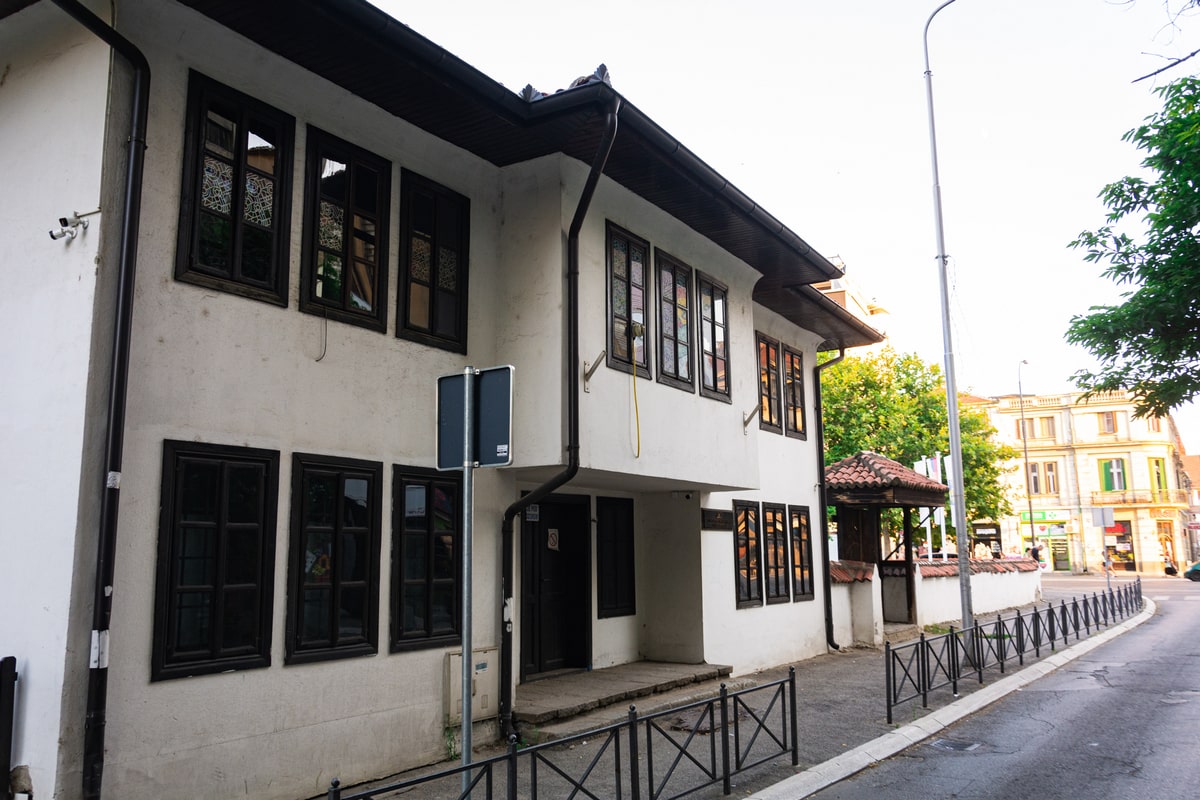
It was built in the time “before Hadji Zamfir”, an imaginary character of Sremac’s novel, at the beginning of the 19th century.
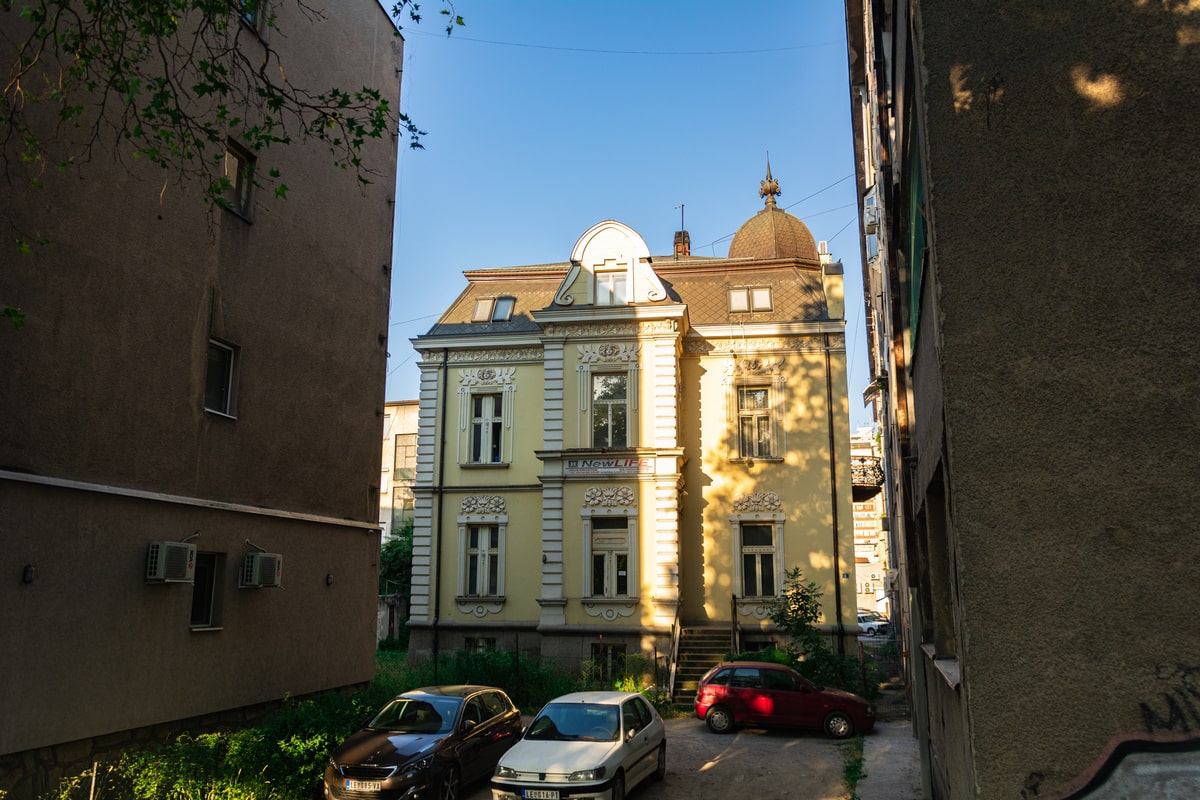
One of the most important buildings in Leskovac with Western European characteristics, which miraculously, although damaged, survived the Anglo-American bombing in 1944, is the Palace of Sotir Ilić.
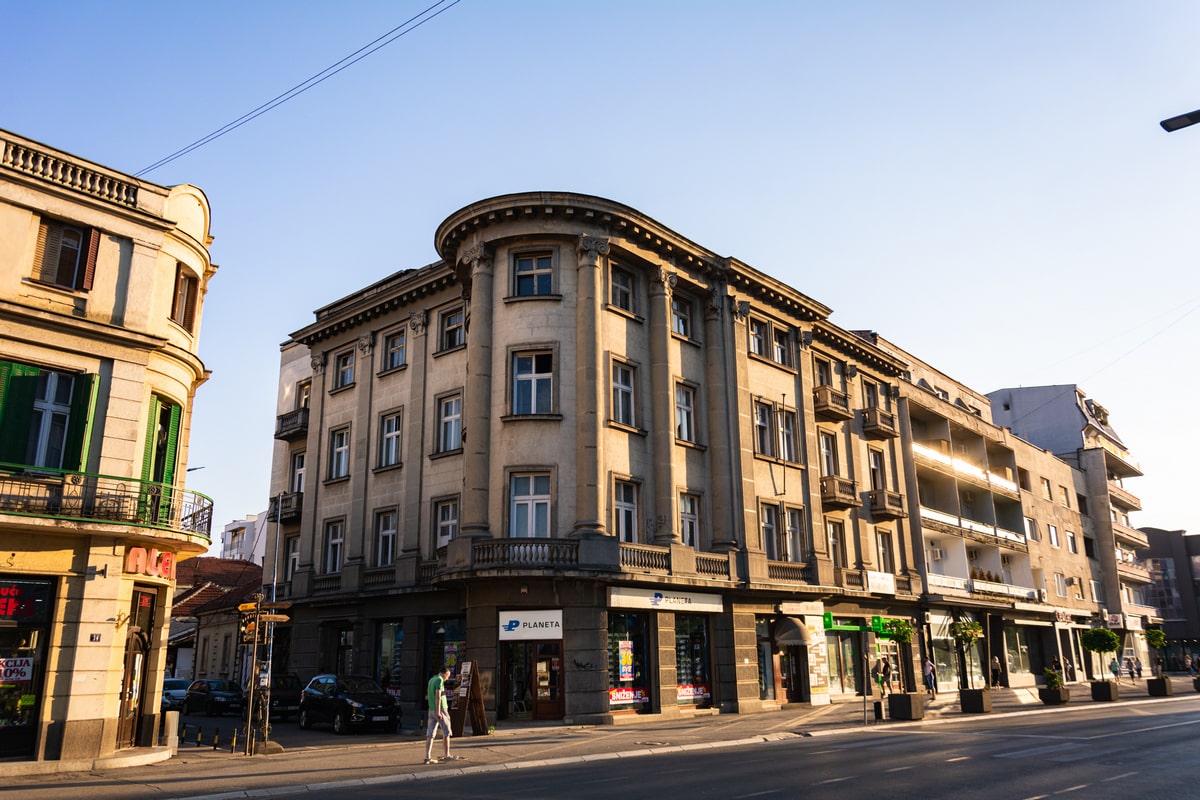
One of the more modern buildings in Leskovac, named “Tonkić Palace”, testifies to the “golden age” of Leskovac, before the destruction that will come seven years later.
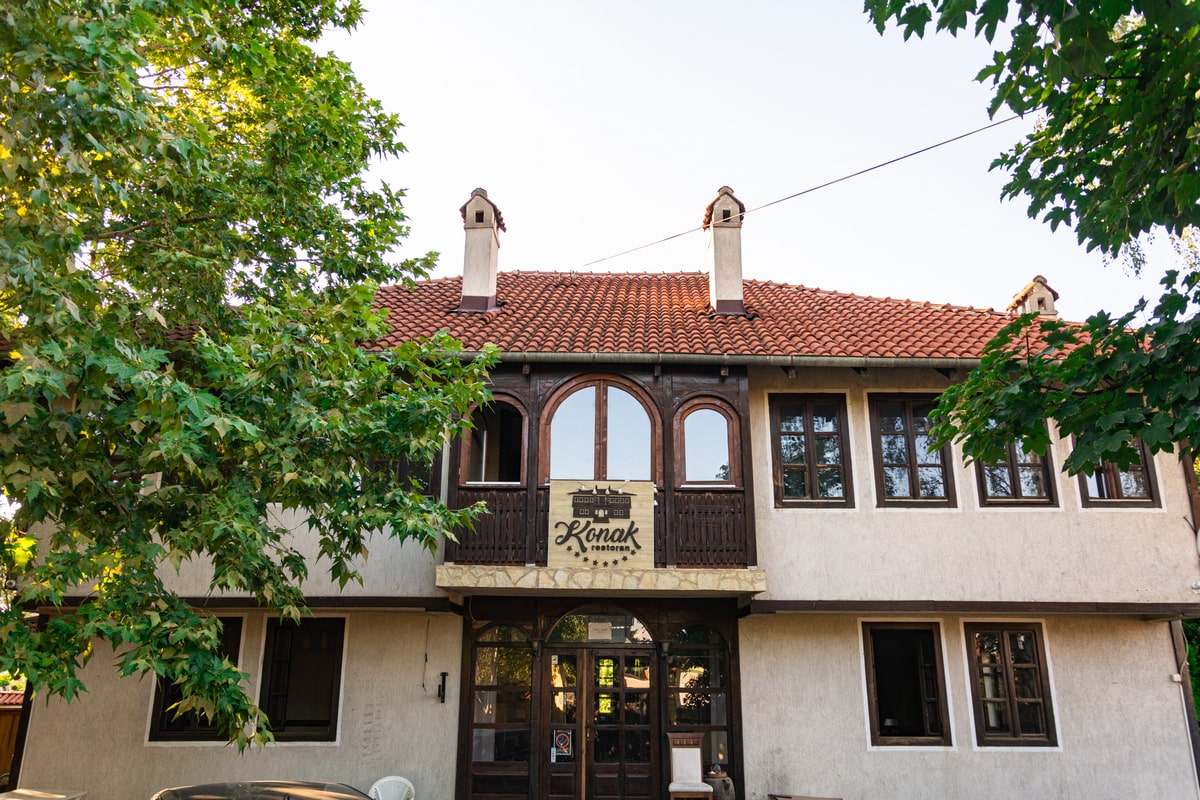
According to the 1888 census, in Leskovac, which was the second largest city in Serbia, there were as many as 500 “Turkish houses”, which were not actually Turkish, but the style is rightly called the “Balkan style”.
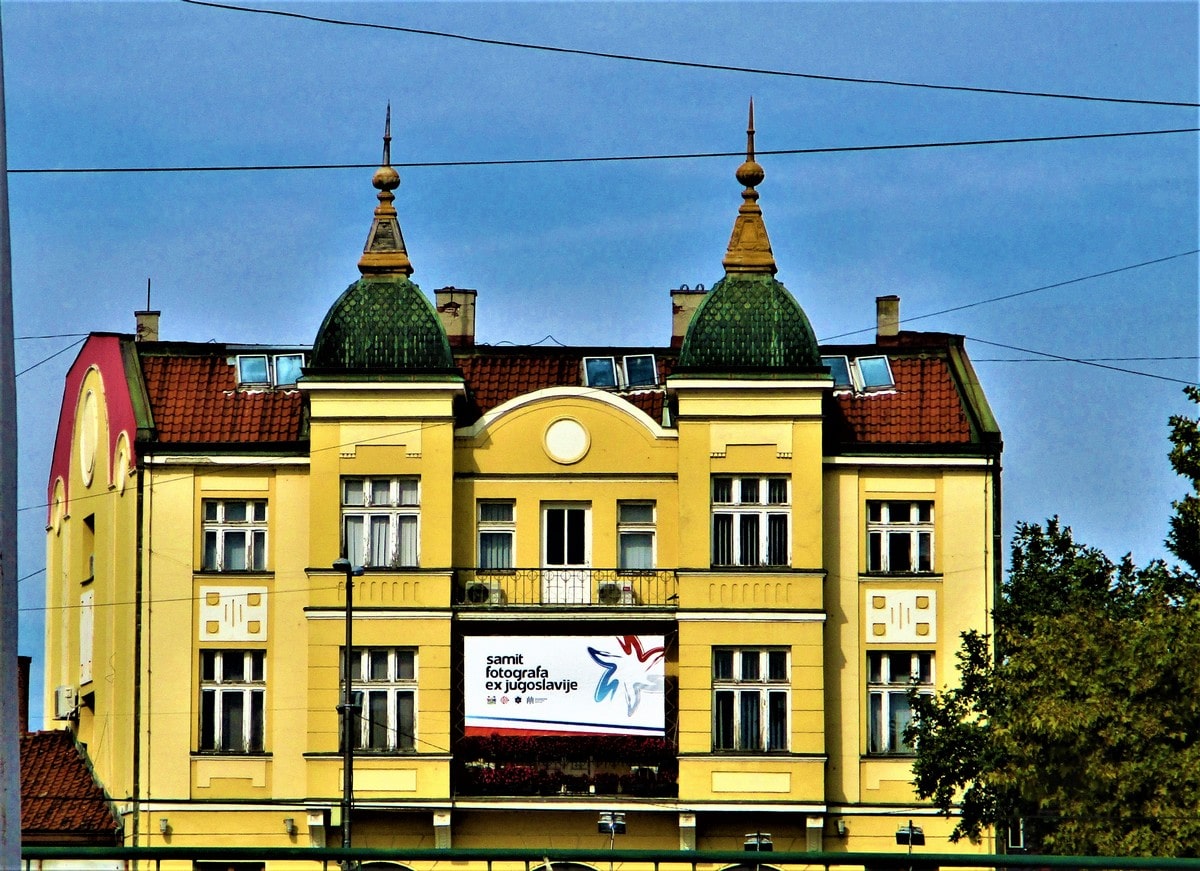
One of the buildings that have a distinctively European hallmark in the city is the Kaloderma Palace, which is located in the very centre of Leskovac, in the part known as the Wide Çarşı (turkish meaning Bazaar “Široka Čaršija”).
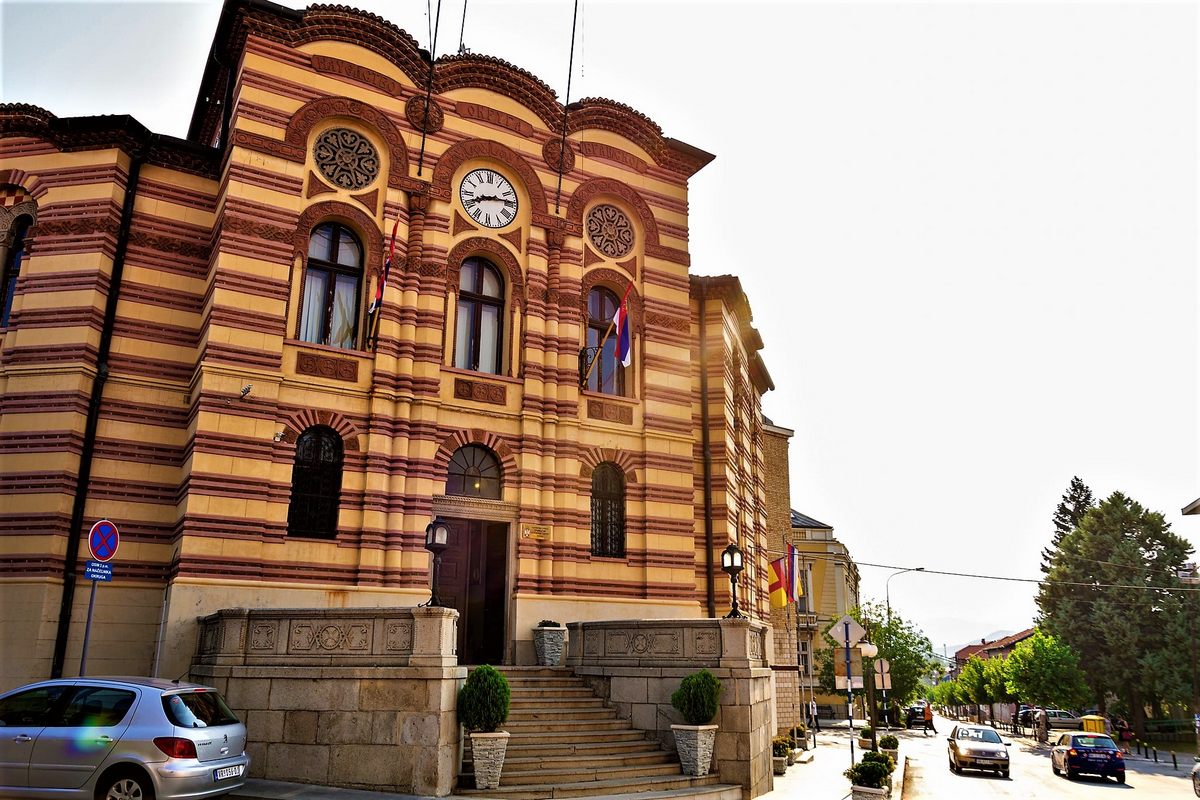
While sezession was being created in Western Europe with a deep look into the past, such as the Middle Ages or Gothic, a parallel style emerged in Serbia that also introduced flamboyance...
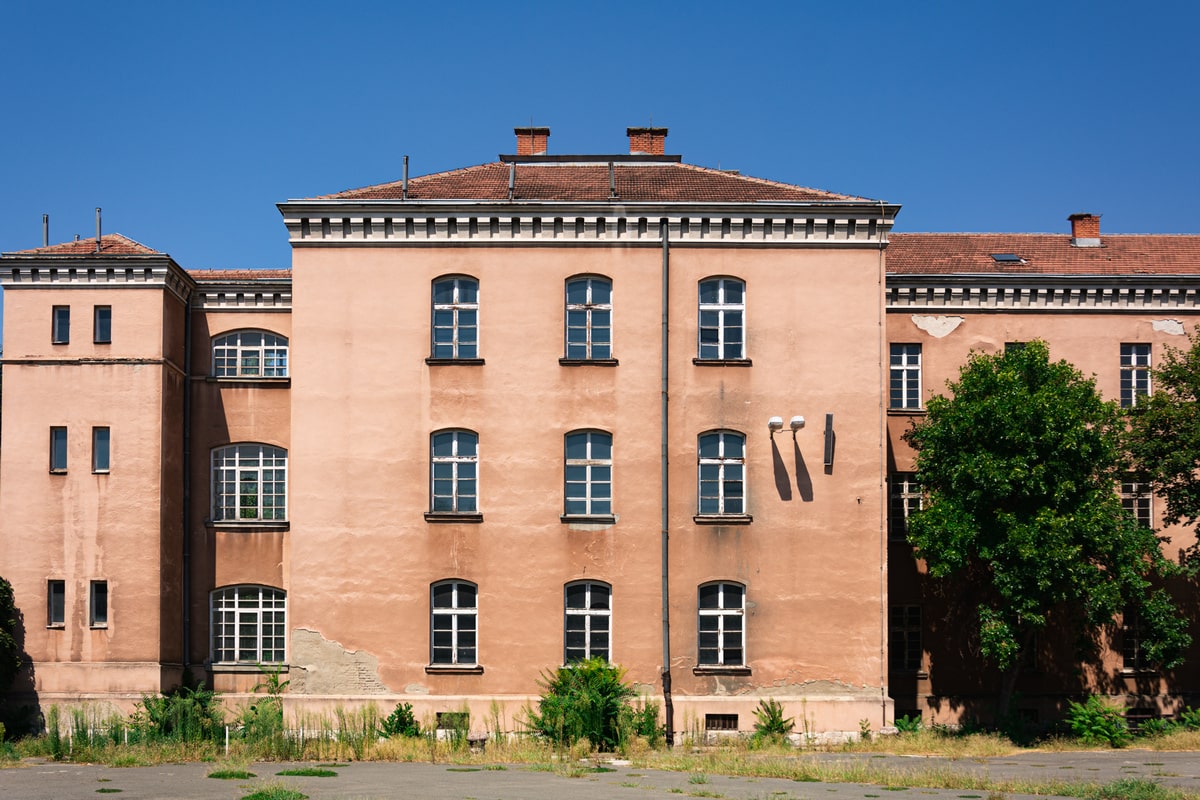
Niš suffered a lot during its history, both at the hands of the conquerors, at the hands of allies and domestic “reformers” who had no mercy on the Ottoman heritage, nor on the “capitalist” or “petty-bourgeois” taste...

The building of the radio station in Niš is also known as the Popić House, since it is located in the former house of the famous Niš merchant Jovan Popić, and is located at 7 Lole Ribara Street (formerly Gospodska Street).
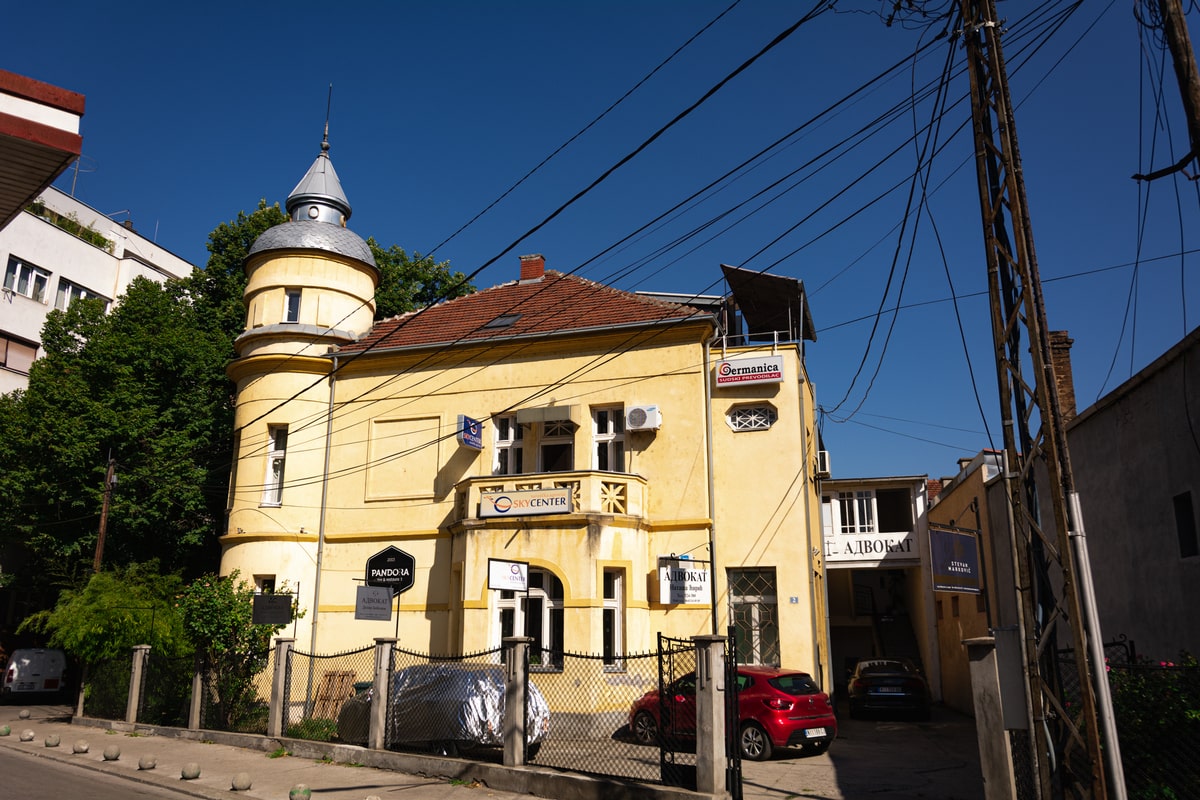
The building, which looks like a medieval castle, is one of the most beautiful buildings in Niš. It is known as the Apel building and was named after one of the most famous industrialists in Niš, JosephApel, and it was built in 1923.
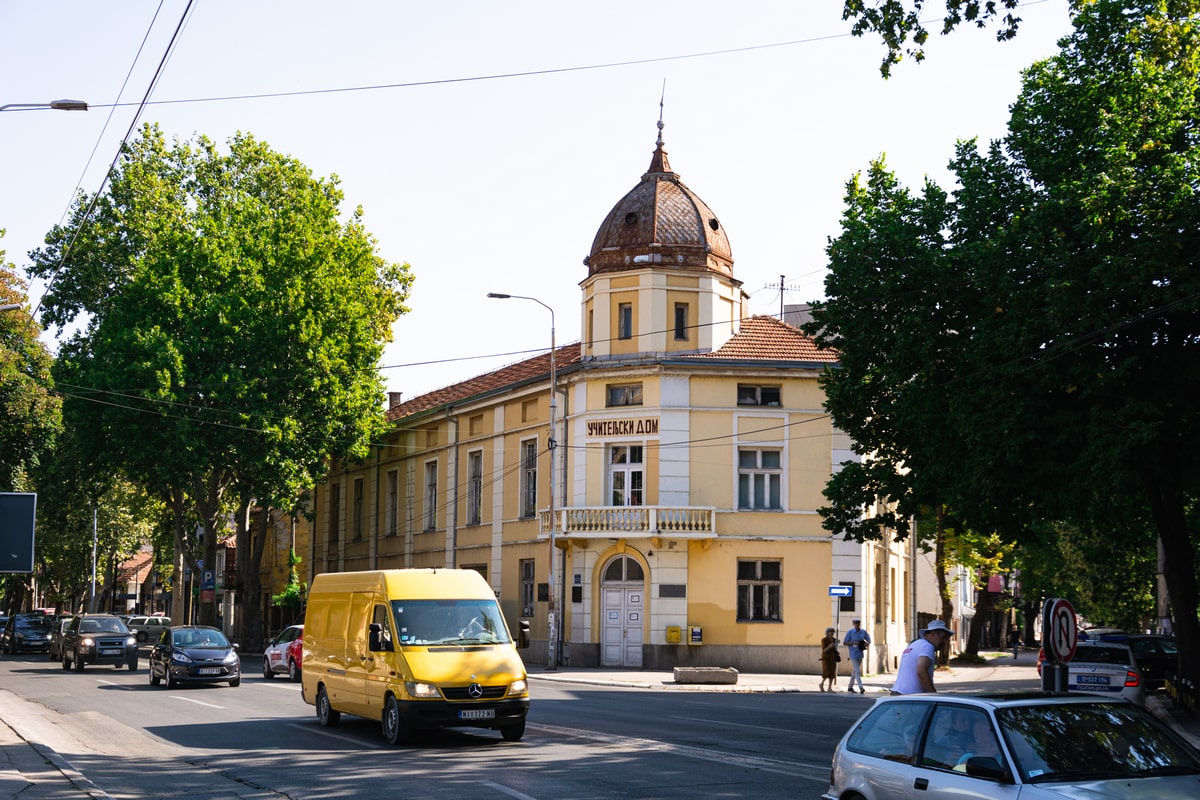
The building of the Teachers ‘Home in Niš was built in 1933 for the needs of accommodation and work of teachers and handed over to the management of the Teachers’ Association of Niš. It represents a protected immovable cultural asset as a cultural monument.
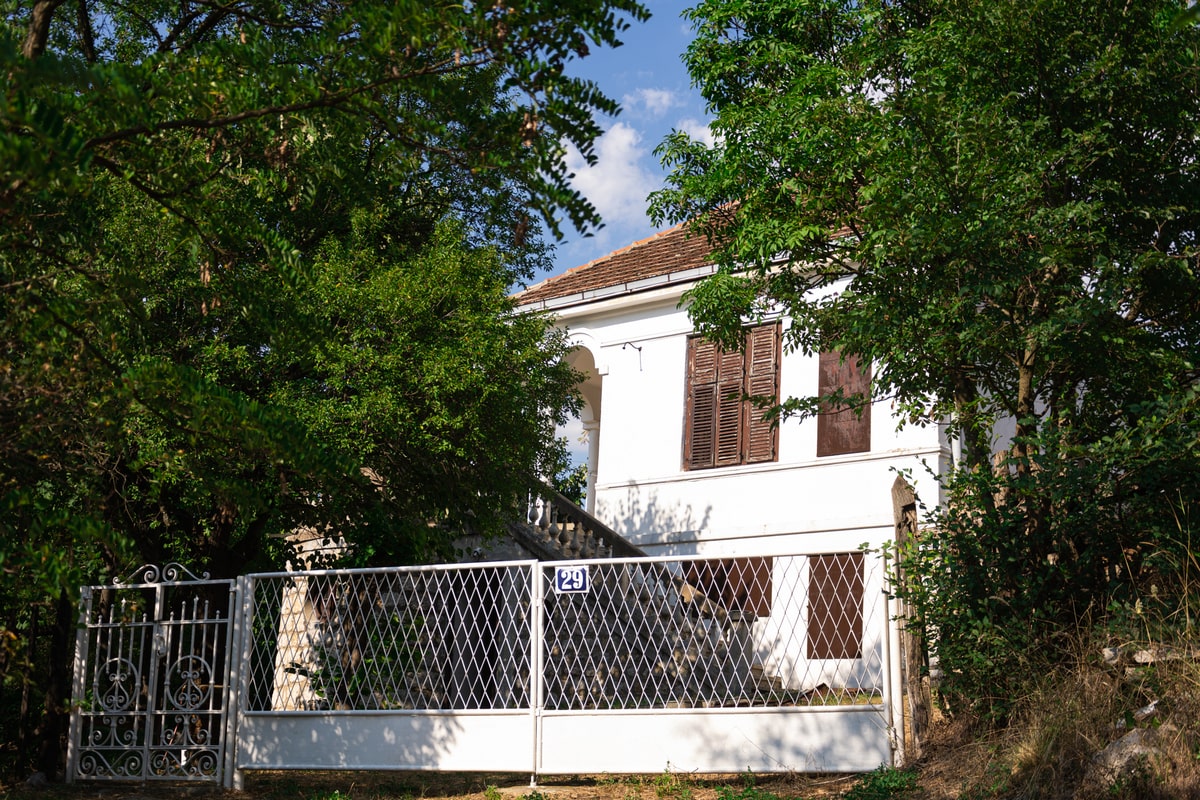
Dr. Zelić’s villa is a civic villa located on Ozrenski partizani Road in Sokobanja, and it arose in need for a vacation in the spa of Dr. Zelić and his family.
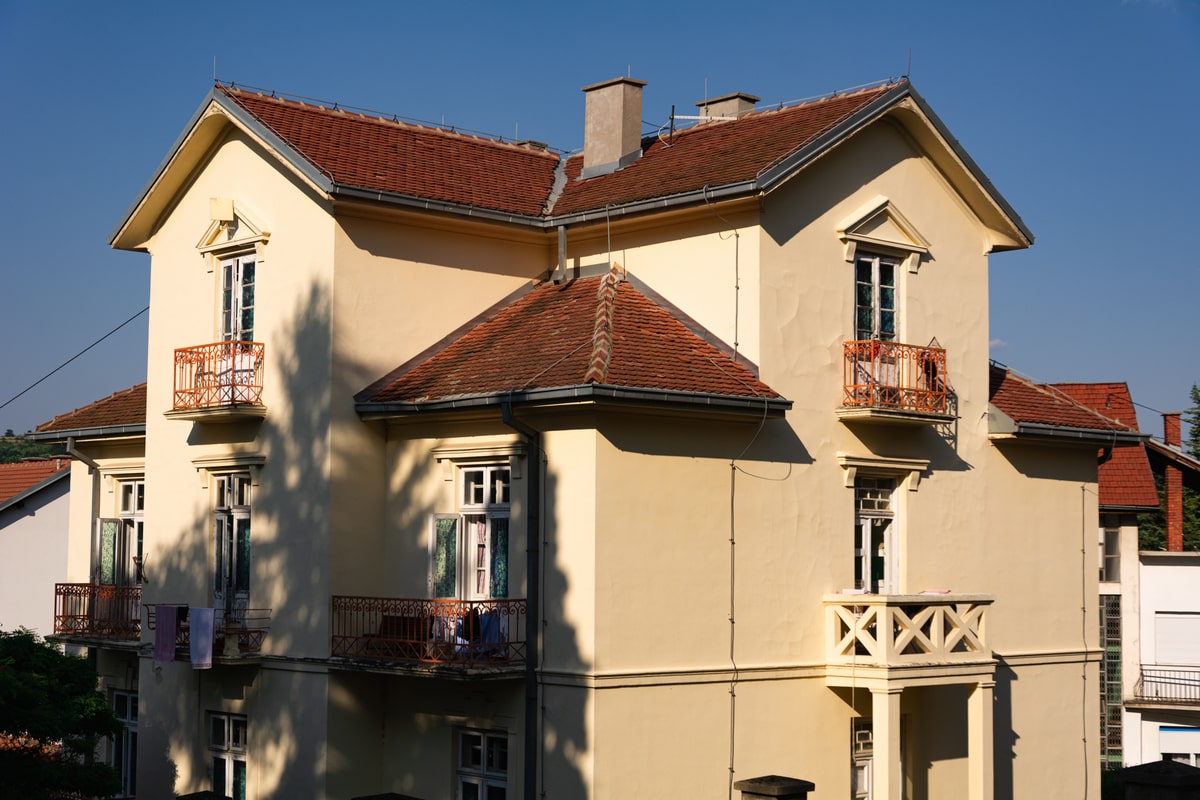
Vila Dalmatia Hospital is close to the city centre, the city park and the Old Institute-Sokograd. The villa is located at11 Vojvoda Mišić Street, in the centre of the spa district of Sokobanja.
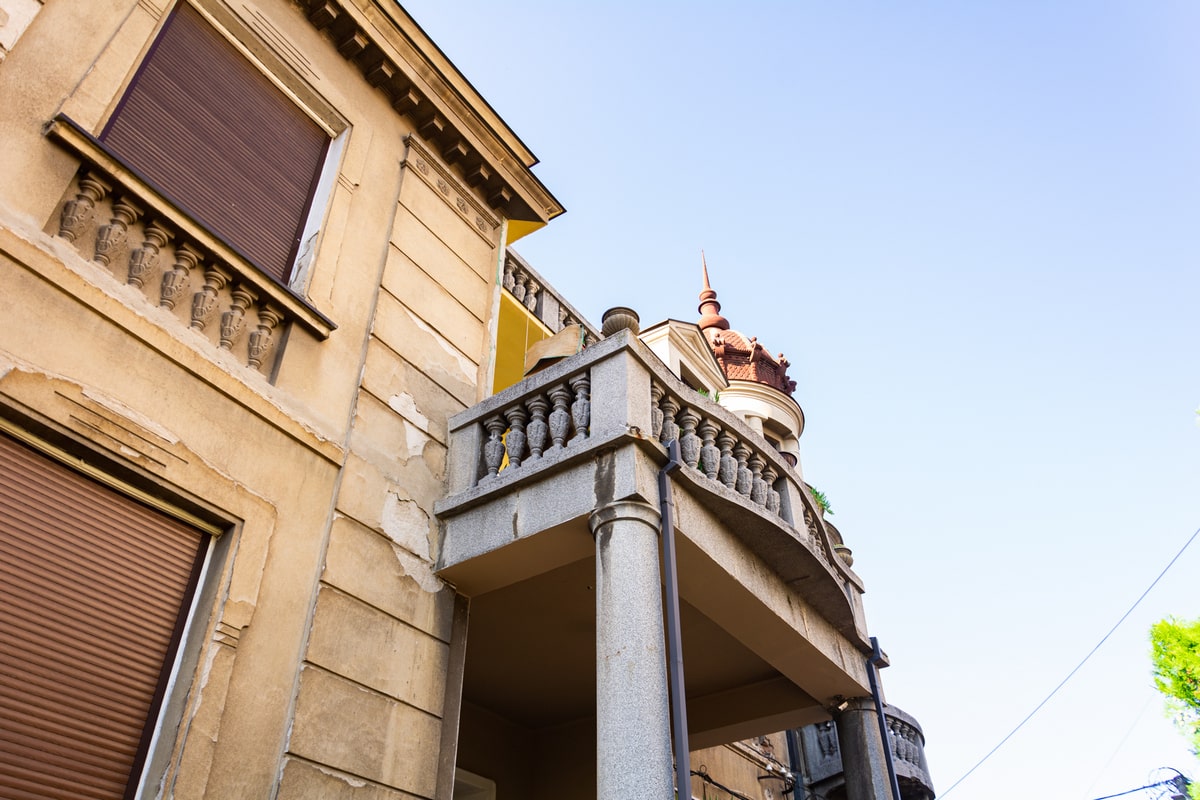
This house is a classic example of civil architecture between the two world wars, and the inscription on the facade, i.e. on the “tower”, tells us that it was built in 1931.
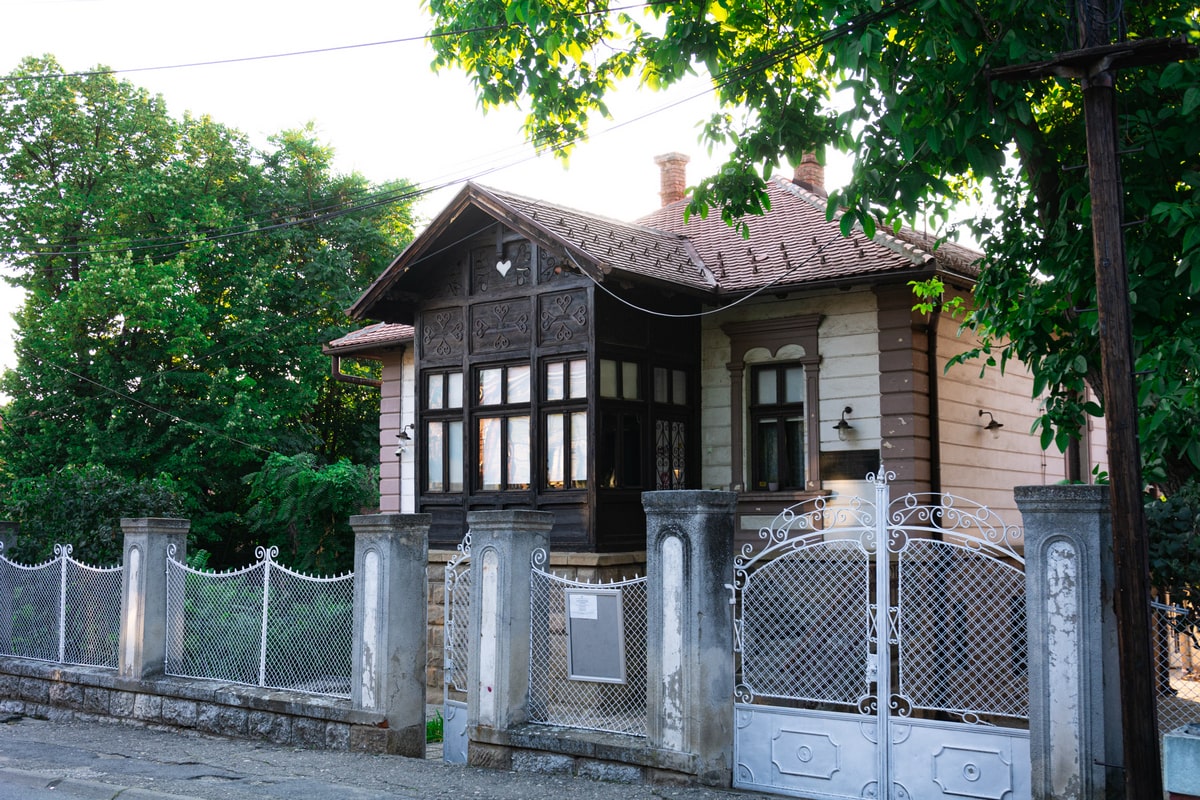
Aca Stanojević’s house is the name after which the people of Zaječar have named today’s building, which serves as one of the buildings of the Homeland Museum, since the house was built.
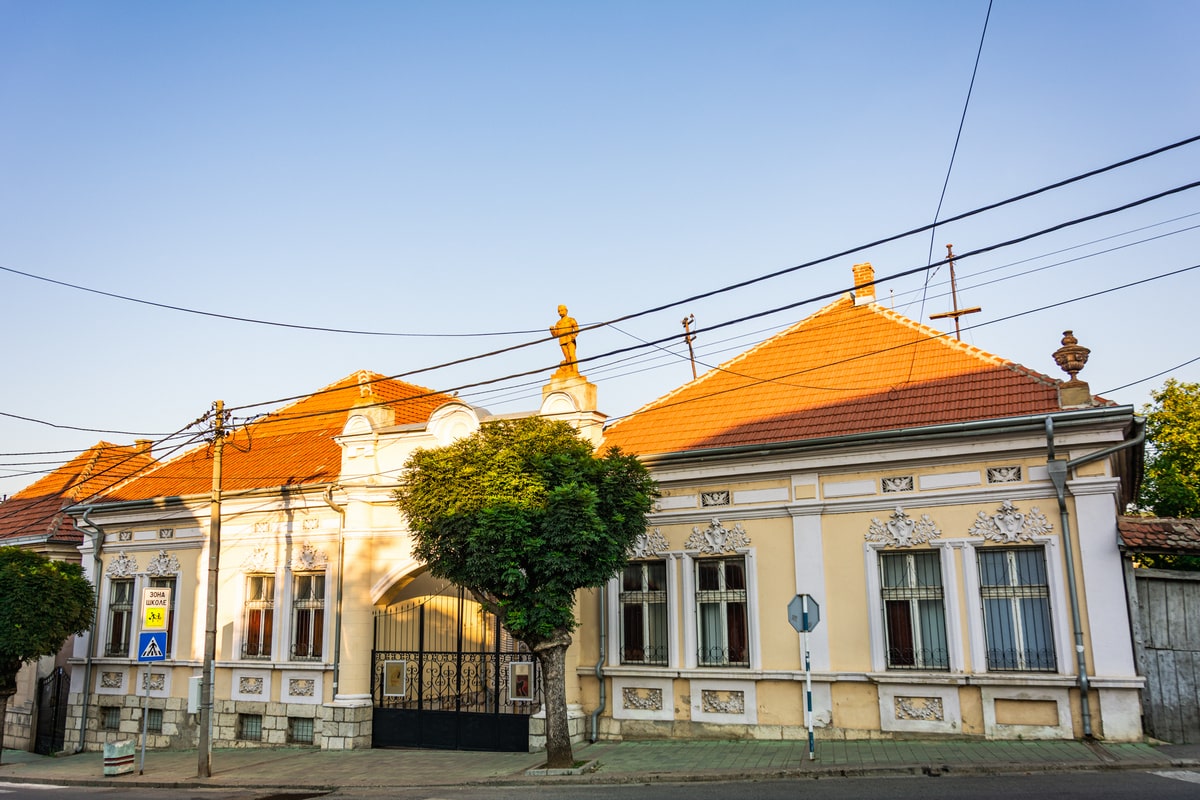
The Knjaževac Homeland Museum is located at 15 Karađorđeva Street, in a building that was built in 1906 as a semi-detached family residential building owned by the Sibinović family, former owners of the “Dobra sreća” mine in Vina.
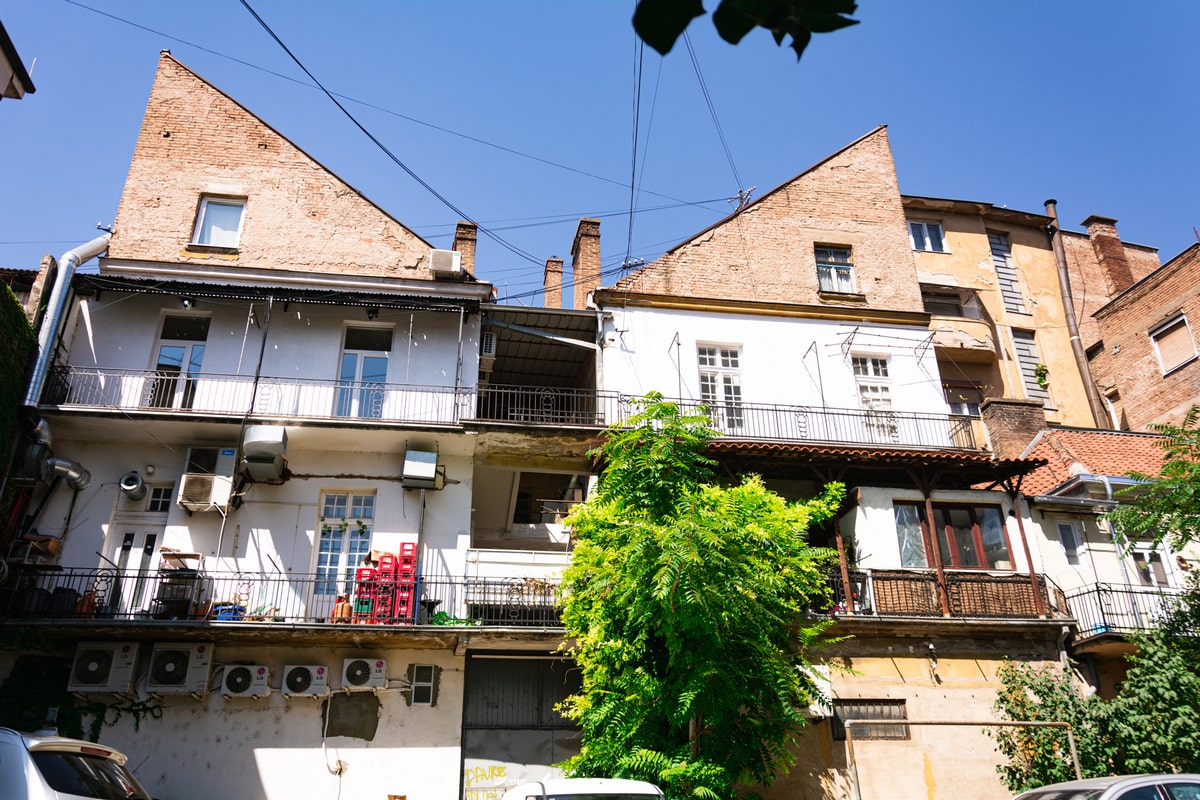
The Andon Andonović building is located in Niš, in the municipality of Medijana, at the address 41 Obrenovićeva Street, and was built in 1930 according to the design of the Belgrade architect Milutin Borisavljević (1889-1970) in the style of French neoclassicism. Borisavljevic,...
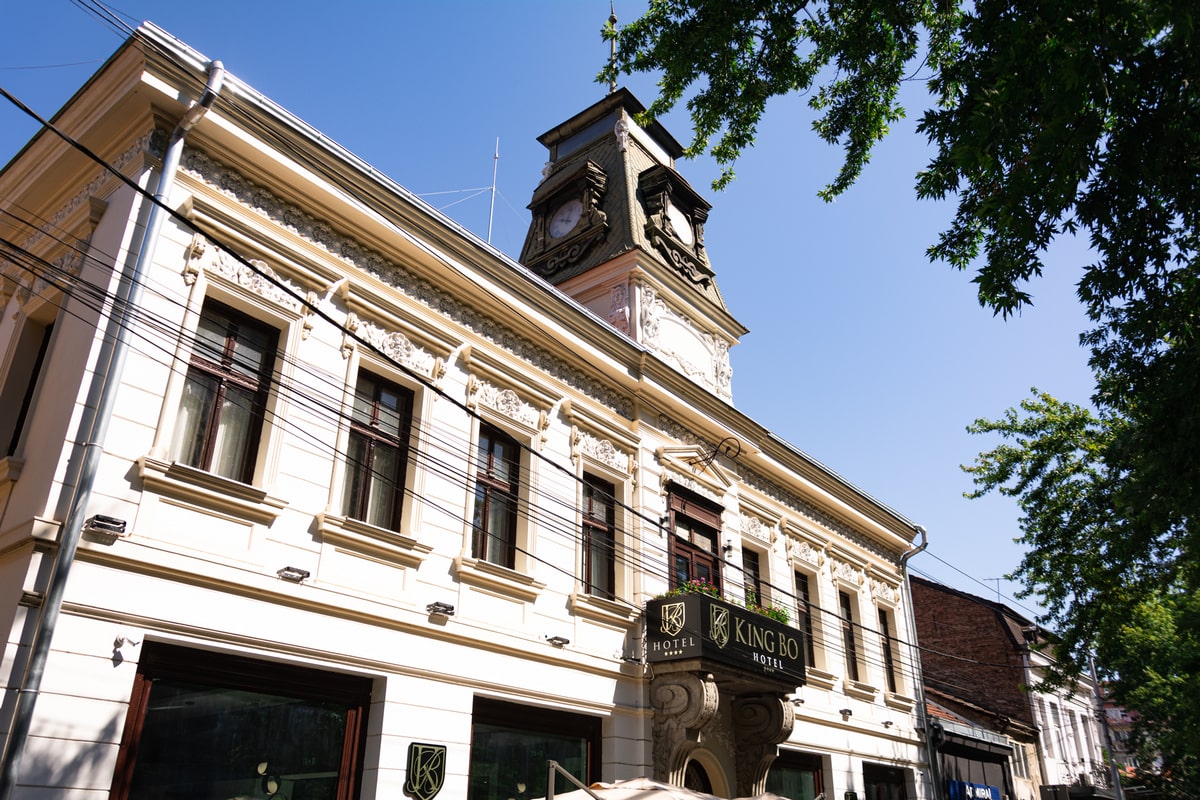
The building located at 18 Obilićev venac in Niš is located in the municipality of Medijana. The building was built in 1920 for the then Niš Credit Bureau, which changed its name and became South Morava Bank, according to sources, “due to competition”.

The villa of the Džervin agricultural estate in Knjaževac was built in the 1930s, at the intersection that forms the end of Grobljanska Street and the intersection that leads to the cemetery.
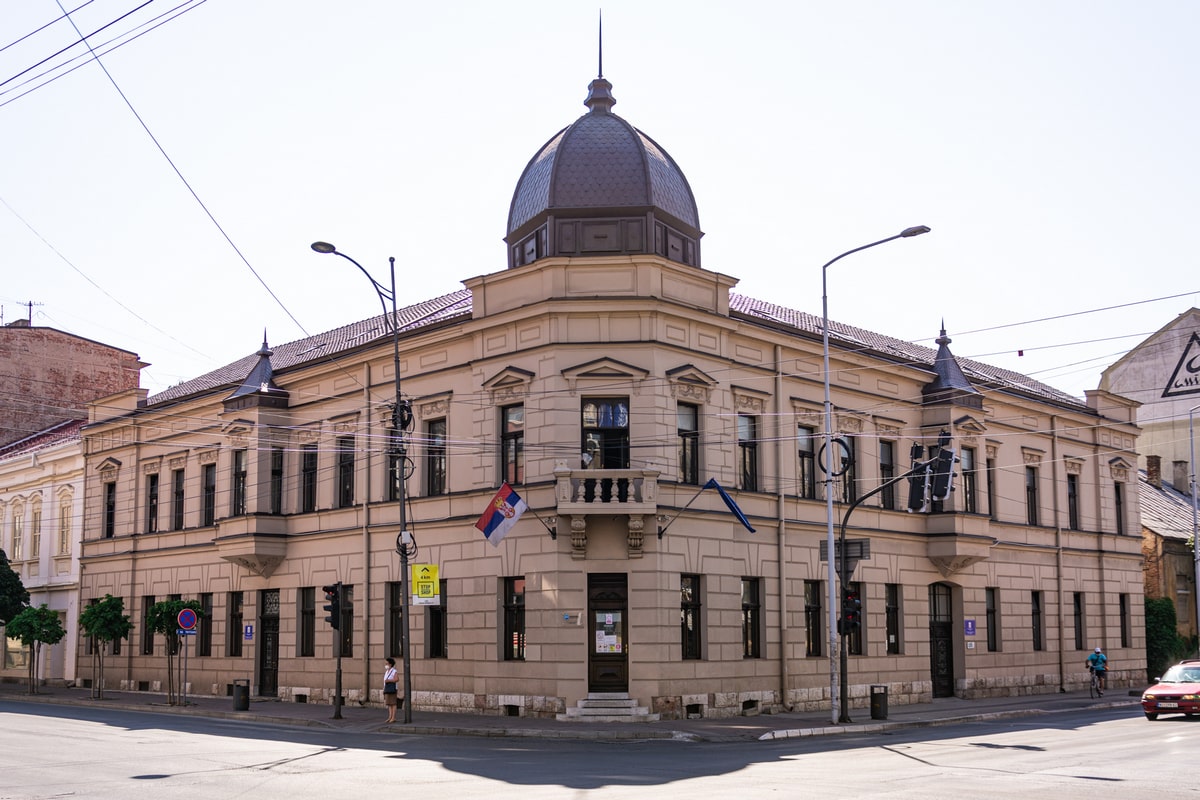
The building, located at 39 Generala Milojka Lešjanina Street, on the corner of Kneginje Ljubice and Generala Milojka Lešjanina Streets, was built around 1905 for the needs of Niška Banka, founded in 1903, which was absorbed in 1922 by Građanska Banka in Belgrade.
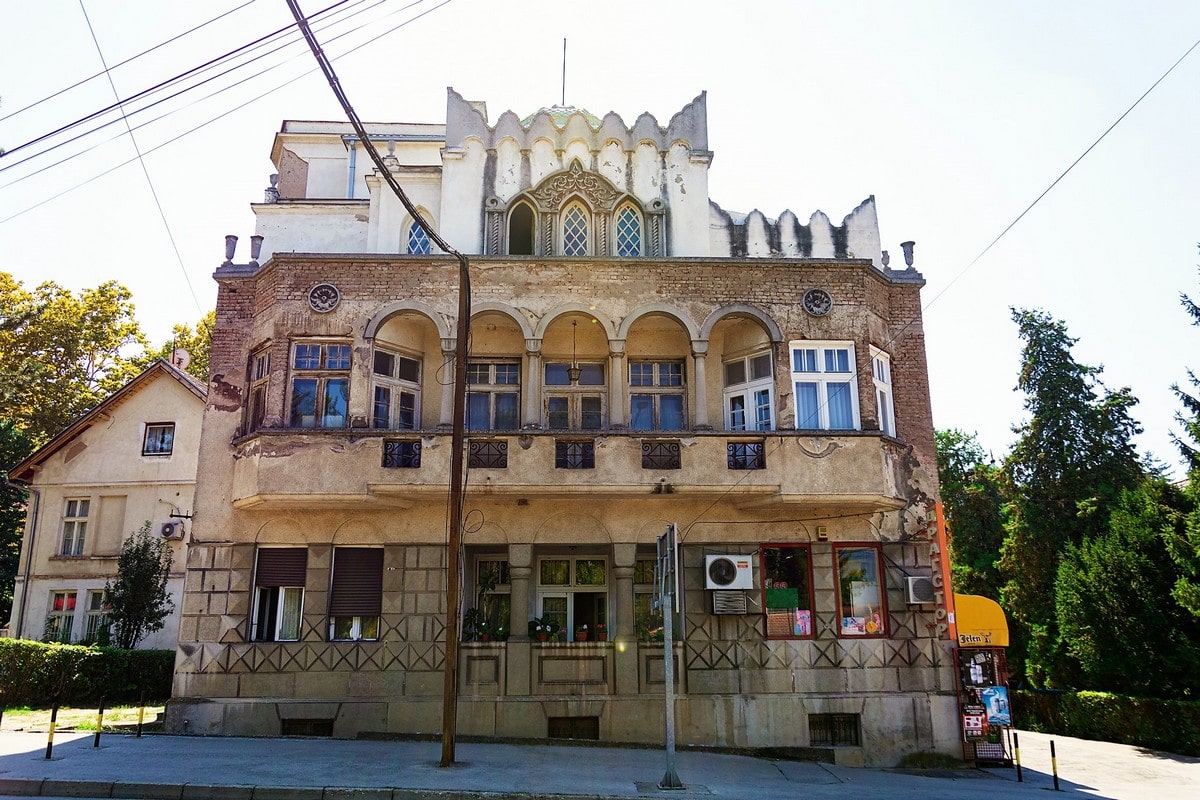
Villa Veličković in Niška Banja was built in 1935 for the pharmacist DragutinVeličković, with shapes and details unusual in the architecture of southeastern Serbia.
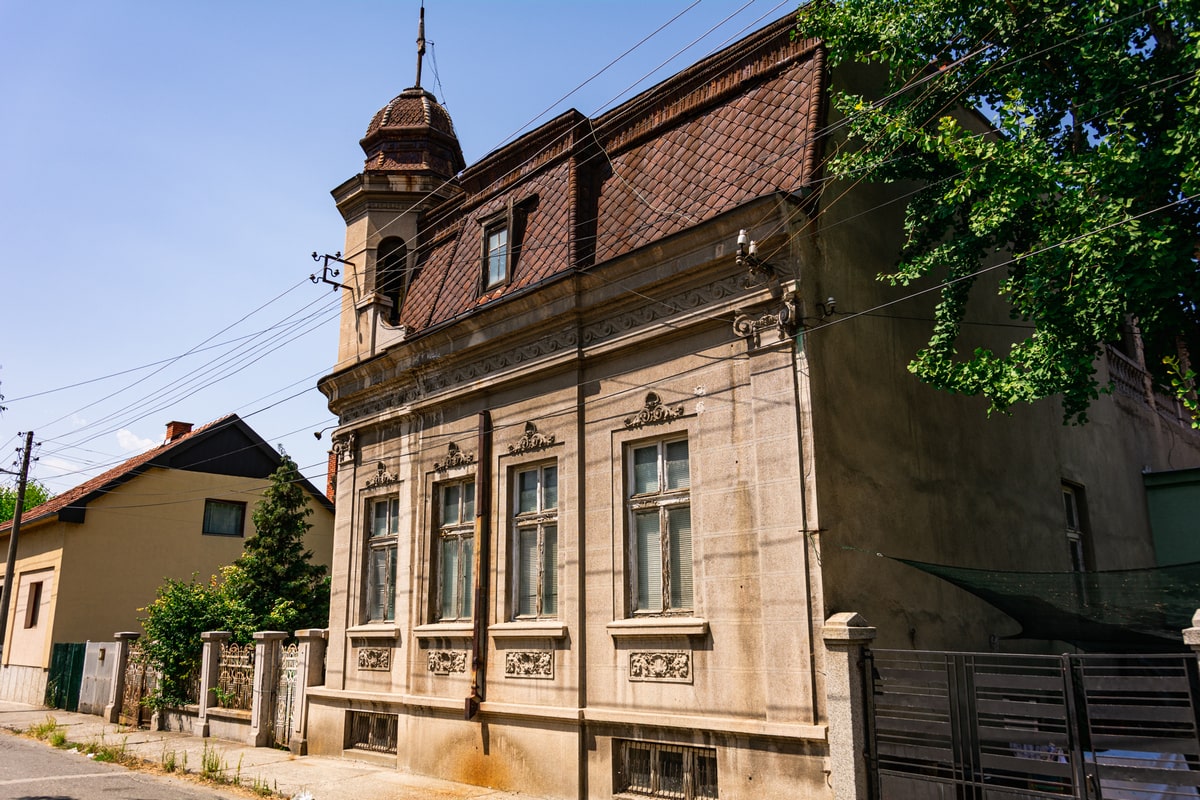
House in at 9 Prote Mateje Street in Zaječar is located in the city centre, and was built in 1926. It consists of a basement and a simple ground floor and has the shape of the Cyrillic letter “Г “; the roof is with a mansard, and above the yard is a balustrade-shaped fence.
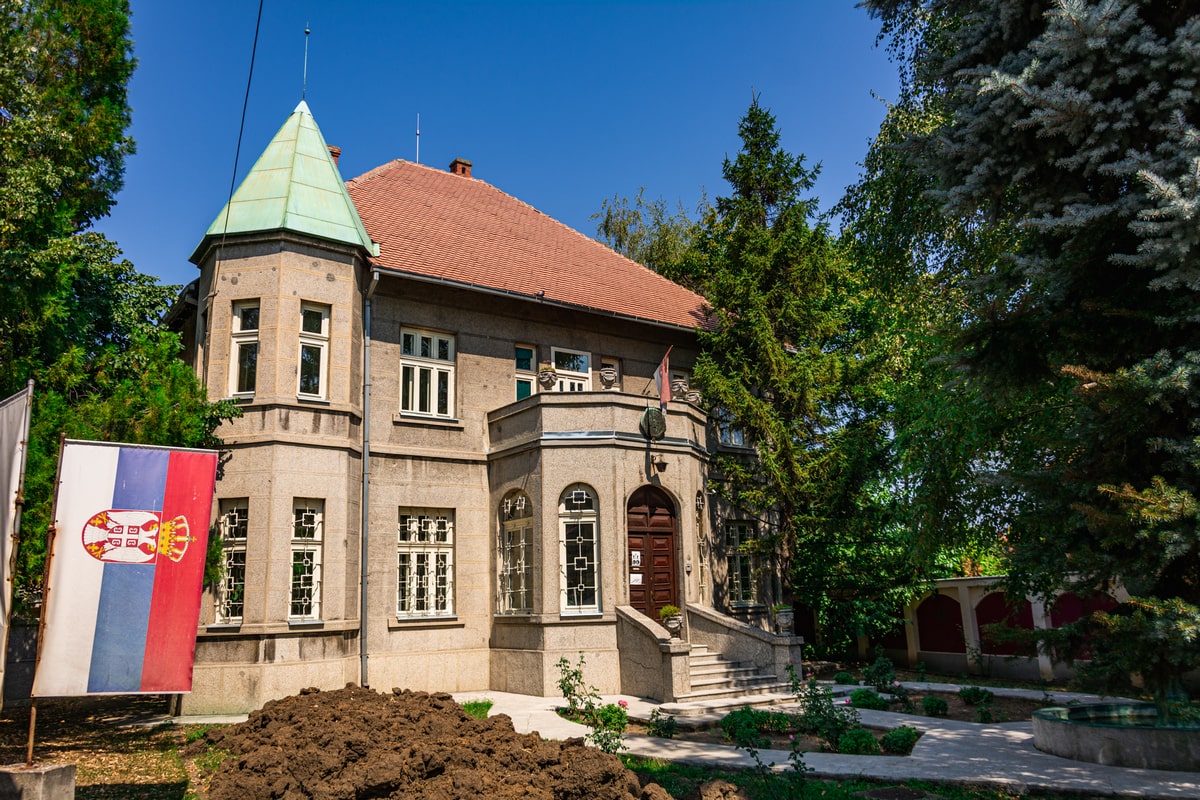
The Historic Archive building of the Timok Valley in Zaječar is located in the city centre at 160 Nikola Pašic Street (formerly Maršal Tito Street) and was built in 1936 for the Nikolic family...
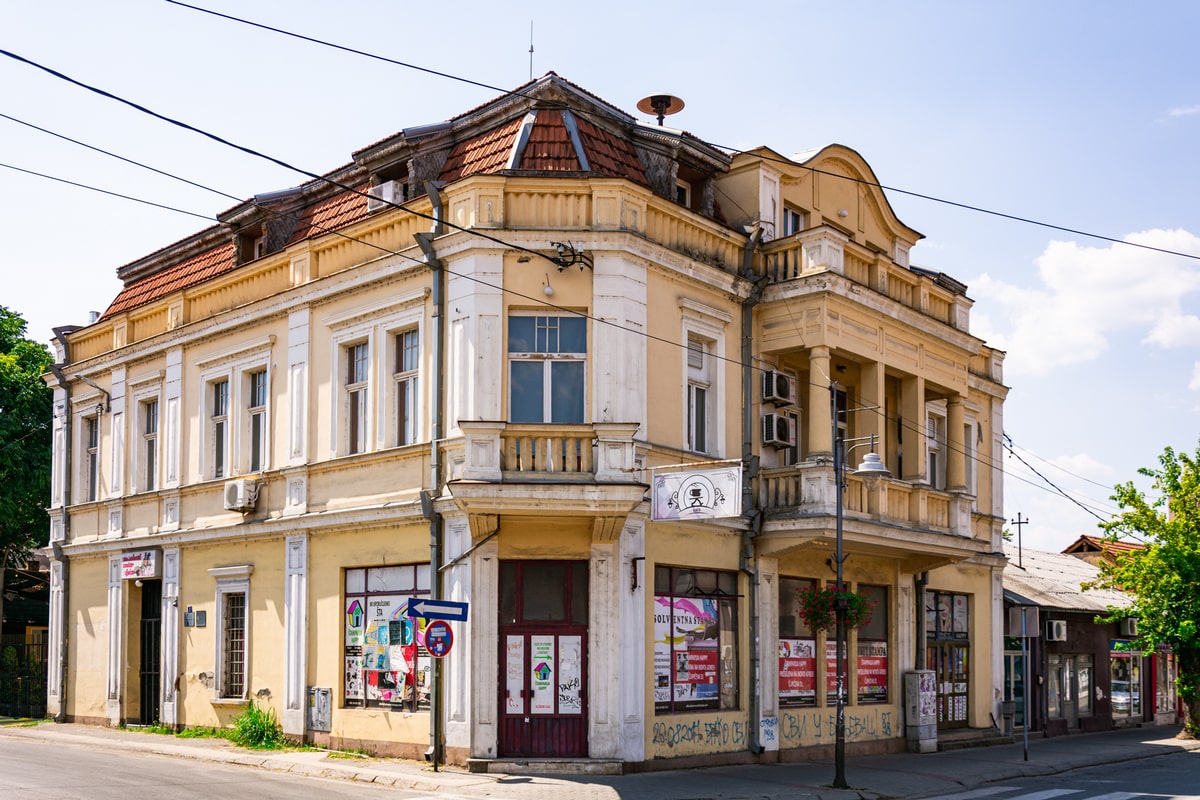
The old house that belonged to Dušan Jovanović is located in September 7th Street in Zaječar, and today it serves as the Timok Youth Centre, where numerous cultural events and concerts take place, i.e. this is a “cult” place of Zaječar culture.
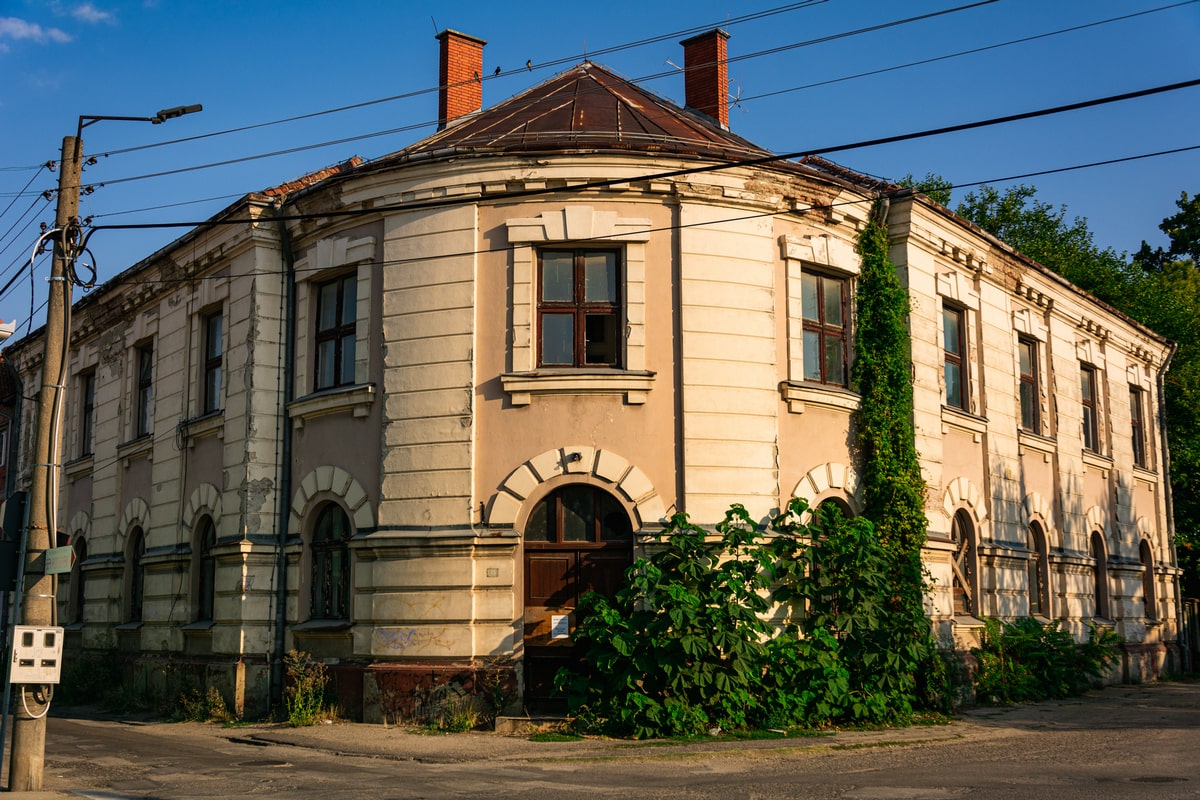
The building of the Yugoslav People’s Army home, i.e. Serbian Army Home, is the building designed by an unknown architect from the beginning of the 20th century.
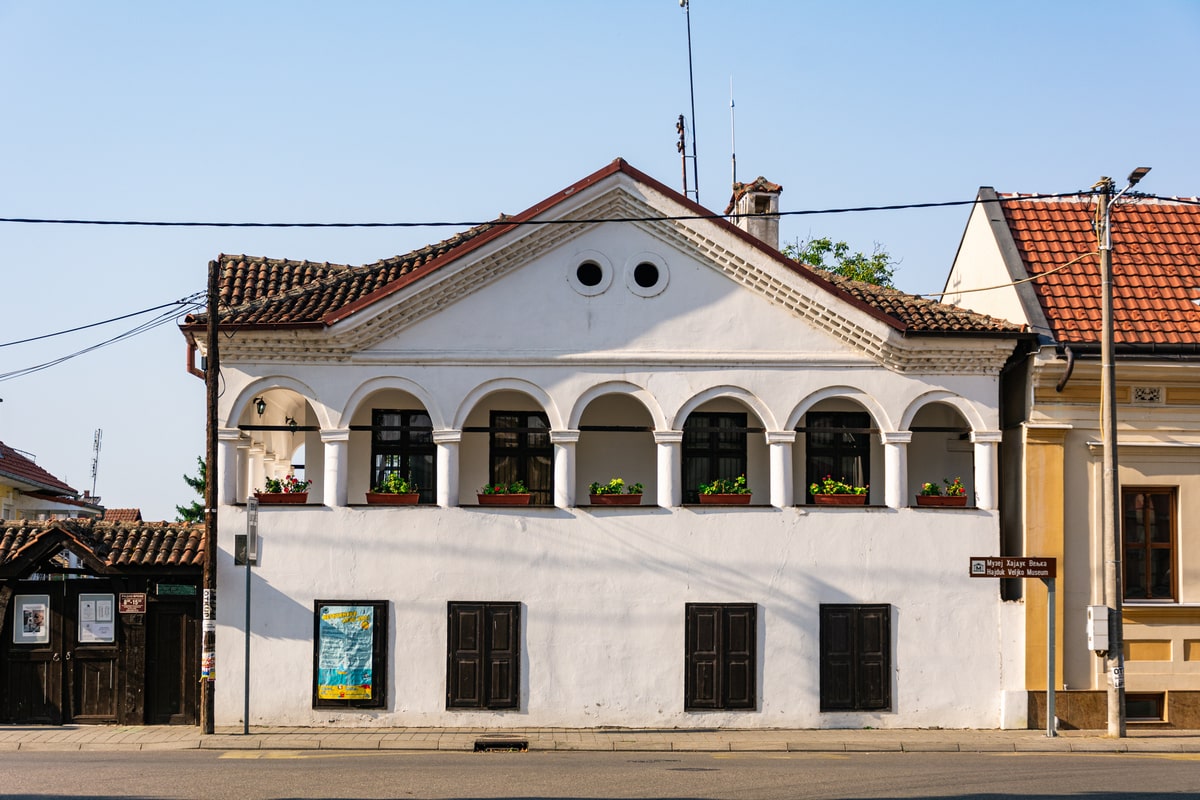
The Hajduk Veljko Museum was, in its essence, home to the obor-knez Todorče, who ruled this area in the 1860s. The prince was not particularly merciful, so the konak was built under the kuluk (drudgery), and for the needs of Todorče himself.
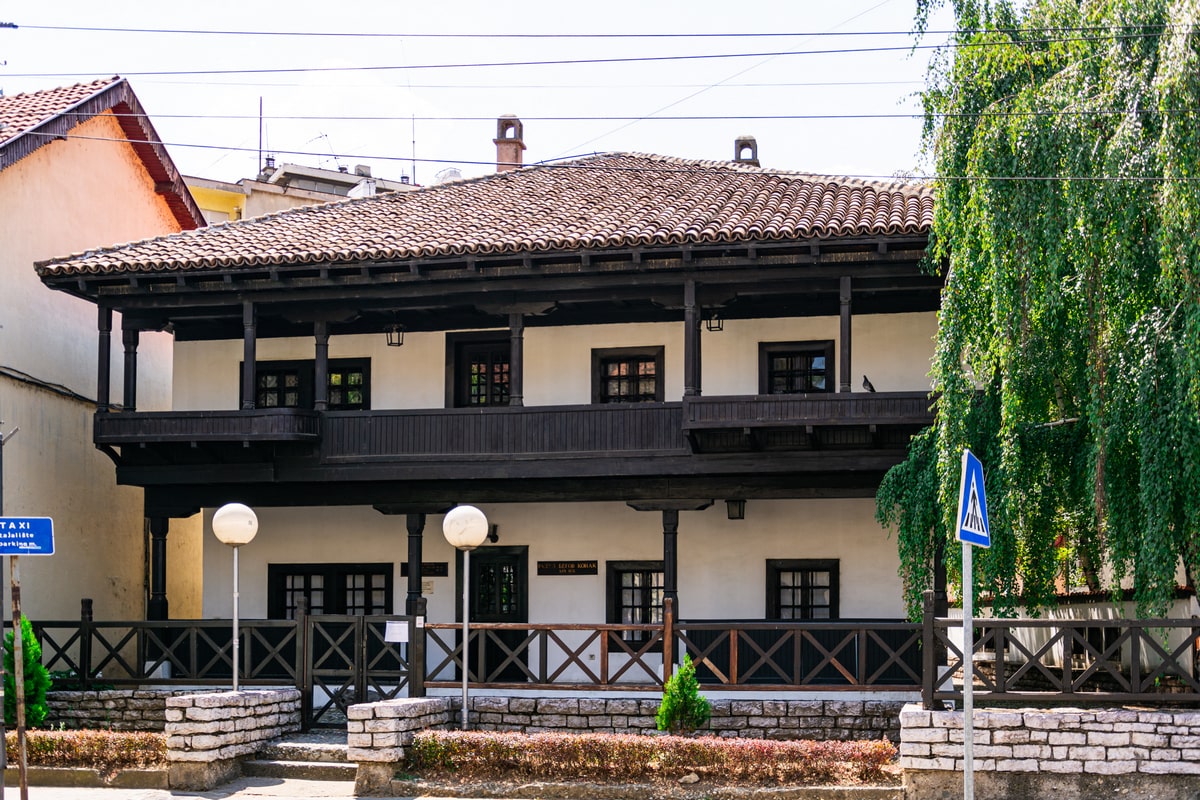
There is no completely reliable information about the origin of Radul-bey's residence, the time of construction and the owners.
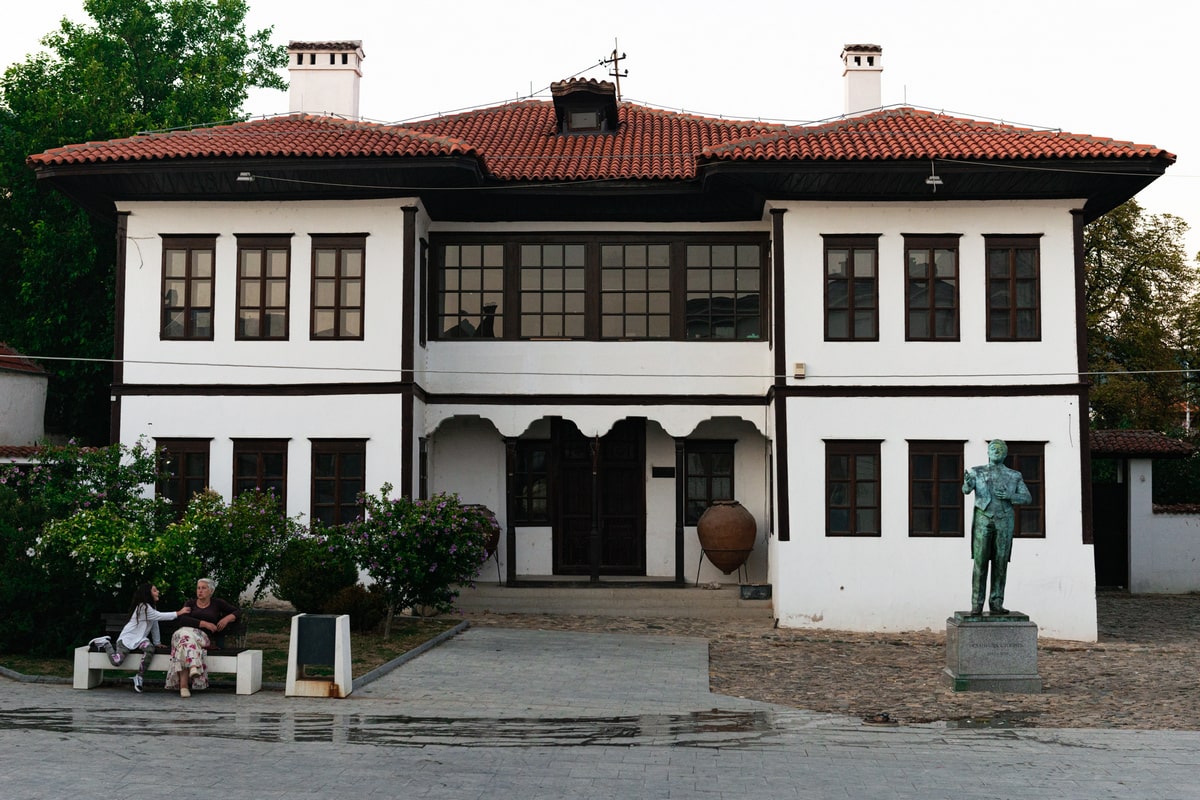
Pasha’s Konaks or in the singular, Pasha’s Konak (Turkish for “Residence”), is a building in Vranje which consists of two buildings, hence the plural.
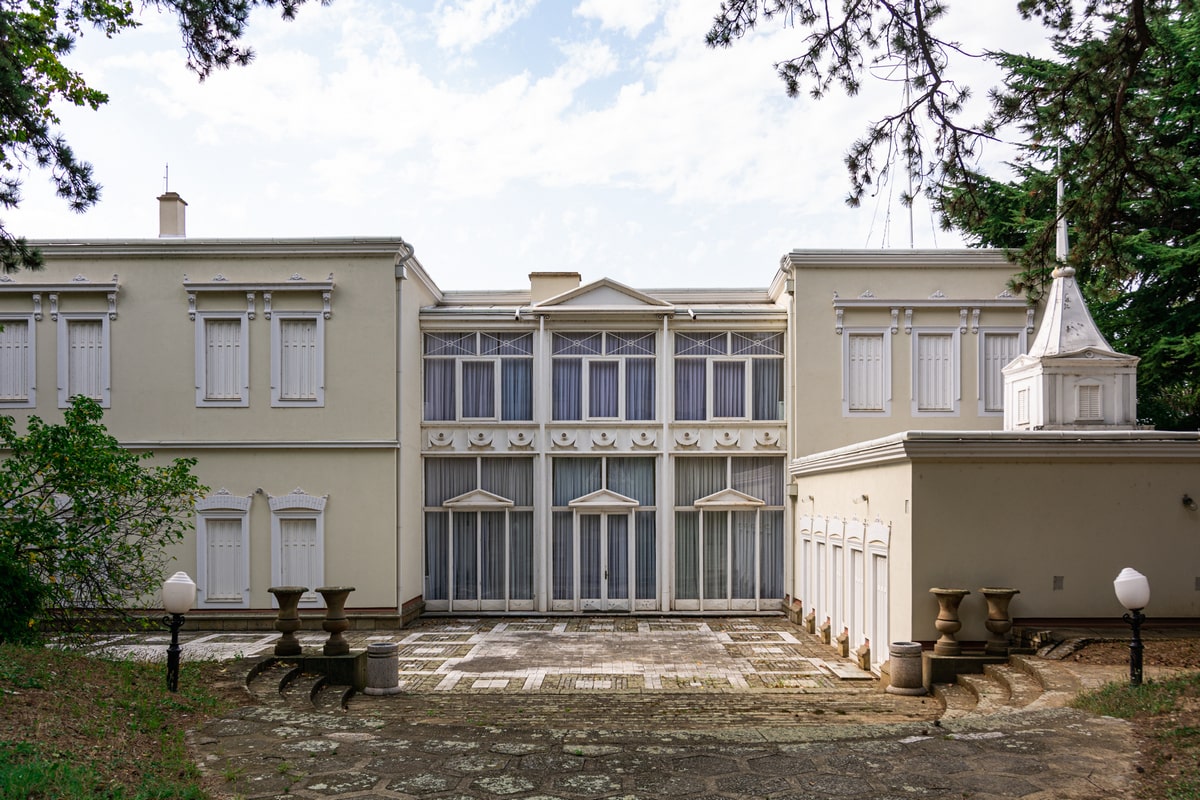
Obrenović’s summerhouse on Plavinac near Smederevo is located on a slope on the right bank of the Danube, with a forest background and a beautiful view of the vineyards, the river and the Banat plain.
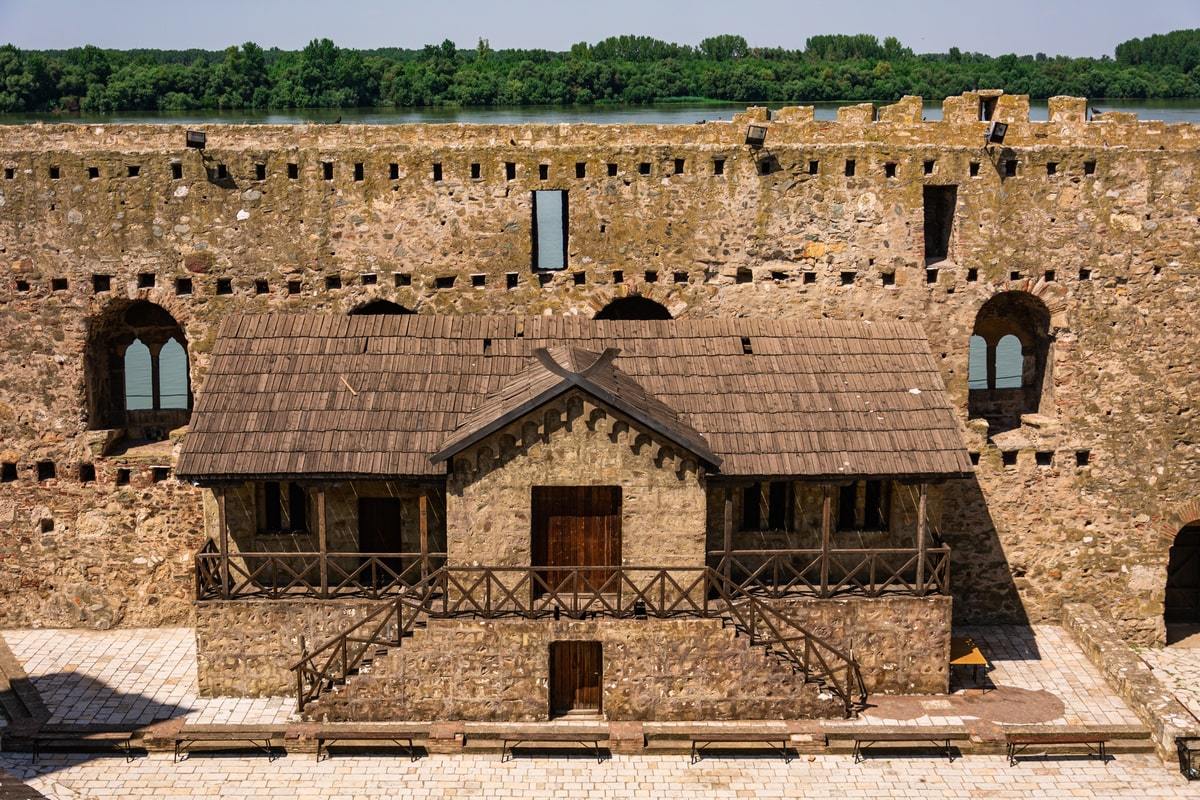
Smederevo Fortress was a medieval fortified city that temporarily served as the country’s capital. It was built by despot Đurađ Branković in the first half of the 15th century, during the Serbian Despotate.
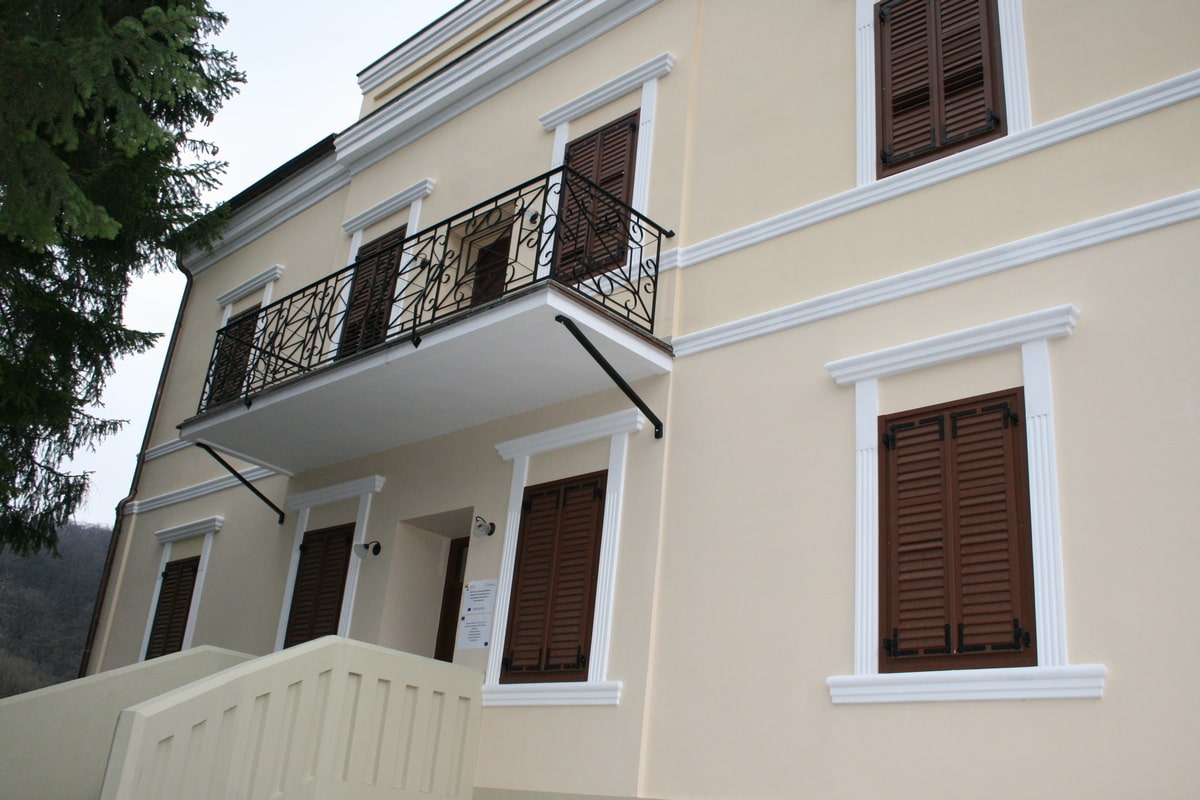
The most important spa in the Bor area is Brestovačka Banja, and the biggest landmark in it is the Castle of Prince Alexander Karađorđević, which is located in the very centre of Brestovačka Banja.